Contents
- 1 Assignment A
- 2 Answer the following in about 500 words each.
- 3 1. Write note on various applications and information systems of ICT.
- 4 2. Explain the concept of e-governance and also highlight the various e-governance models.
- 5 Assignment B
- 6 Answer the following questions in about 250 words each.
- 7 3. Elucidate National Policy on Electronics 2019.
- 8 4. Discuss about the various ICT applications that enable the governmental organizations to effectively perform their functions pertaining to service delivery.
- 9 5. There are a few management tips that can help usher in a change in administrative culture in public organizations.’ Elaborate.
- 10 Assignment C
- 11 Answer the following questions in about 100 words each.
- 12 6. What are village knowledge centres?
- 13 7. List out the areas of ICT applications in rural areas.
- 14 8. Briefly describe online delivery of education and training (e-learning).
- 15 9. Explain extranet commerce.
- 16 10. Highlight the role of government in implementation of Right to Information Act 2005.
IGNOU BPAG-173 Solved Assignment 2022-2023: A comprehensive guide to help you complete your Bachelor’s Degree in Political Science program. With clear explanations and detailed answers to all the questions, this assignment will assist you in gaining a deeper understanding of the course material and scoring higher grades. Get ready to enhance your knowledge and ace your exams with ease!
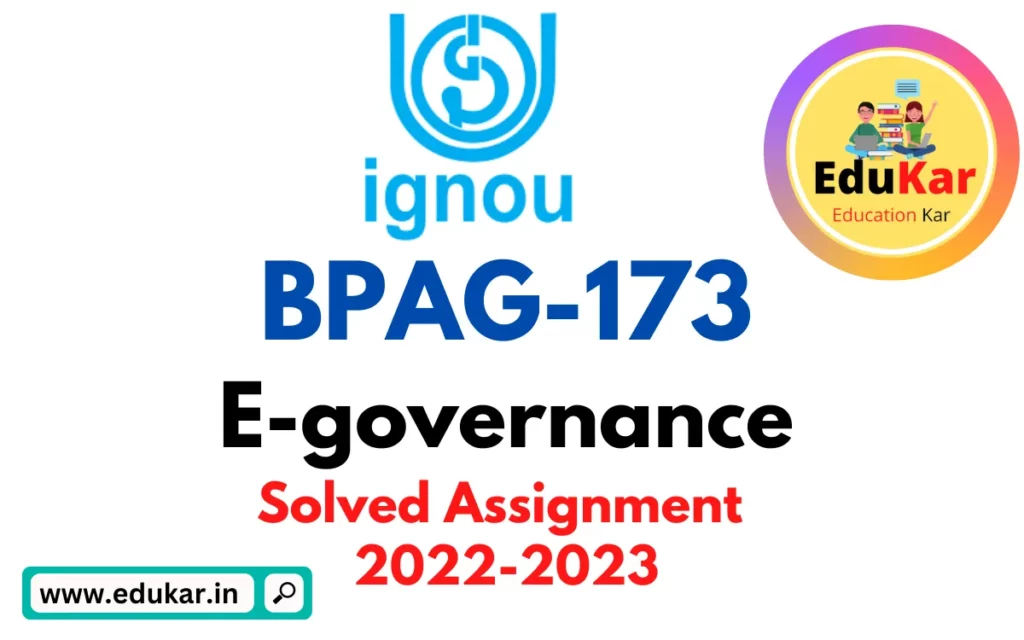
| Title | IGNOU: BPAG-173 Solved Assignment 2022-2023 (E-governance) |
| University | IGNOU |
| Degree | Bachelor Degree Programme |
| Course Code | BPAG-173 |
| Course Name | E-governance |
| Programme Name | Bachelor of Arts (General) |
| Programme Code | BAG |
| Total Marks | 100 |
| Year | 2022-2023 |
| Language | English |
| Assignment Code | ASST /TMA July 2022 & January 2023 |
| Last Date for Submission of Assignment: | For June Examination: 31st March For December Examination: 30th September |
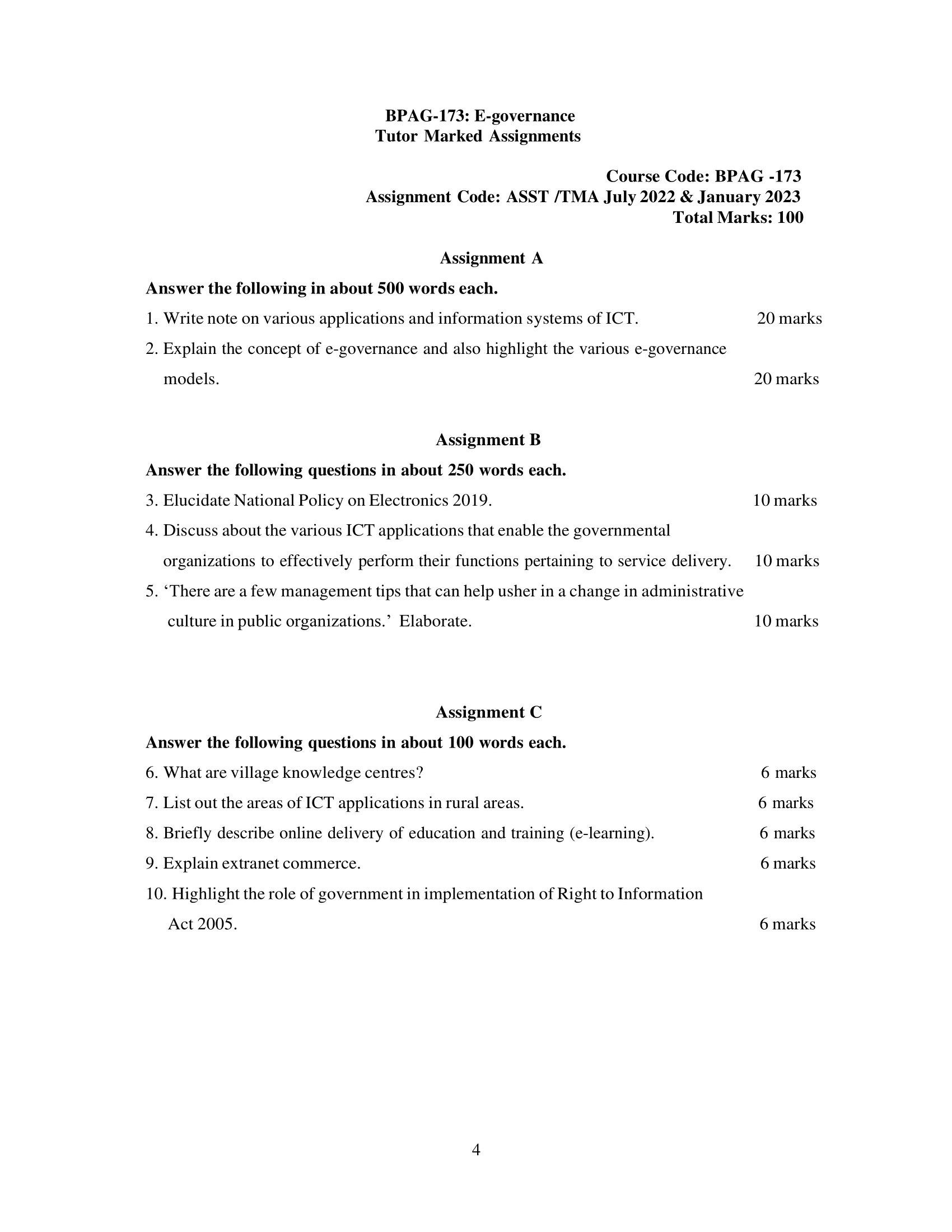
Assignment A
Answer the following in about 500 words each.
1. Write note on various applications and information systems of ICT.
Ans: Information and Communication Technology (ICT) has become a crucial aspect of modern life, influencing almost every aspect of society, including business, education, health, and entertainment. ICT encompasses a wide range of technologies, including computers, the internet, software, and telecommunication systems, which are used to store, process, transmit and retrieve information.
- Business applications: ICT has revolutionized the way businesses operate, with computerization of administrative tasks such as payroll, inventory management, and customer relationship management. Enterprise Resource Planning (ERP) systems are widely used to integrate business processes and provide real-time information to managers.
- Education: ICT has revolutionized the field of education by providing new tools for teaching and learning. Online learning, virtual classrooms, and digital libraries are examples of how ICT is changing education.
- Healthcare: ICT has greatly improved the delivery of healthcare services. Electronic health records (EHRs), telemedicine, and medical imaging systems are a few examples of how ICT is changing healthcare.
- Entertainment: ICT has greatly impacted the entertainment industry, with the rise of digital content such as movies, music, and games. Social media and online streaming platforms have changed the way people consume entertainment.
- Government: ICT is widely used in government to improve the delivery of public services. E-government portals, online tax filing, and e-voting systems are examples of how ICT is being used in government.
- Banking and finance: ICT has transformed the banking and finance industries, enabling secure online transactions, electronic payment systems, and mobile banking services.
- Supply chain management: ICT is used to improve the efficiency of supply chain management by providing real-time information about inventory levels, delivery schedules, and shipping costs.
2. Explain the concept of e-governance and also highlight the various e-governance models.
Ans: E-governance is the use of Information and Communication Technology (ICT) by governments to deliver public services, communicate with citizens, and carry out their day-to-day operations. The main objective of e-governance is to make government processes more efficient, transparent, and accountable to citizens. It aims to improve the delivery of public services, increase citizen participation, and promote good governance.
There are several models of e-governance, each with a unique approach to leveraging ICT to improve governance. Some of the most commonly used e-governance models are:
- Government-to-Citizen (G2C): This model focuses on providing online public services to citizens, such as e-filing of taxes, online issuance of licenses, and online payment of utility bills.
- Government-to-Business (G2B): This model aims to streamline the interactions between the government and the business sector, such as online procurement and online submission of business reports.
- Government-to-Employee (G2E): This model aims to improve internal communication and collaboration within the government, by providing online access to government resources and tools for government employees.
- Government-to-Government (G2G): This model focuses on improving inter-agency communication and collaboration, by providing a secure platform for government agencies to share information and collaborate on projects.
- Citizen-to-Government (C2G): This model focuses on empowering citizens to participate in the decision-making process by providing them with access to government information and enabling them to communicate with their elected representatives.
- Multi-Stakeholder (M-S): This model involves multiple stakeholders, including government, citizens, and businesses, in the e-governance process. It aims to create a more inclusive and collaborative governance model by leveraging ICT to facilitate communication and collaboration between different stakeholders.
E-governance has the potential to greatly improve the delivery of public services and increase citizen participation in governance. However, its successful implementation requires a well-designed governance structure, adequate investment in ICT infrastructure, and the development of appropriate policies and regulations. Furthermore, e-governance must be implemented in a way that is transparent, accountable, and equitable, to ensure that all citizens have access to the benefits of ICT.
Assignment B
Answer the following questions in about 250 words each.
3. Elucidate National Policy on Electronics 2019.
Ans:
The National Policy on Electronics 2019 (NPE 2019) is an Indian government policy aimed at promoting the growth and development of the electronics system design and manufacturing (ESDM) industry in India. The policy aims to create an ecosystem that supports the growth of the electronics industry and increases the country’s self-reliance in the production of electronics goods.
The key objectives of NPE 2019 include:
- Promoting domestic manufacturing and reducing dependence on imports.
- Encouraging innovation and R&D in the electronics industry.
- Developing the necessary infrastructure and enabling environment for the growth of the electronics industry.
- Fostering the development of the ESDM sector and promoting entrepreneurship.
- Enhancing the global competitiveness of Indian electronics goods.
The NPE 2019 also outlines various measures to be taken to achieve its objectives, including providing fiscal incentives, promoting research and development, establishing electronics manufacturing clusters, and creating a favorable environment for investment in the electronics sector. The policy also includes provisions for setting up a National Technical Manpower Development Program to address the shortage of skilled manpower in the electronics sector.
The NPE 2019 is expected to play a crucial role in transforming India into a leading producer of electronics goods and a hub for electronics design and manufacturing. The policy will create employment opportunities, spur economic growth, and enhance the country’s competitiveness in the global market.
4. Discuss about the various ICT applications that enable the governmental organizations to effectively perform their functions pertaining to service delivery.
Ans: Information and Communication Technology (ICT) has revolutionized the way that governmental organizations operate and deliver services to citizens. The following are some of the key ICT applications that enable governments to perform their functions effectively and efficiently:
- E-governance portals: These portals provide citizens with access to a wide range of government services and information, such as online tax filing, issuance of licenses, and payment of utility bills.
- Geographic Information Systems (GIS): GIS technology helps governments to manage and analyze geographic data, such as land use patterns, demographic information, and natural resource distribution. This information is used to support decision-making processes and improve service delivery.
- Mobile applications: Governments are increasingly using mobile apps to provide citizens with quick and convenient access to information and services, such as public transportation schedules, emergency alerts, and weather updates.
- Customer Relationship Management (CRM) systems: CRM systems are used by governments to manage interactions with citizens, such as complaint tracking, feedback management, and service request processing. This helps governments to provide better customer service and improve the overall experience for citizens.
- Electronic voting systems: Electronic voting systems allow governments to conduct secure, transparent, and efficient elections. They help to reduce the risk of voter fraud, increase voter participation, and improve the accuracy of election results.
- Social media platforms: Governments are using social media platforms to reach out to citizens, share information, and engage with them in real-time. This enables governments to build closer relationships with citizens, increase transparency, and improve the delivery of public services.
5. There are a few management tips that can help usher in a change in administrative culture in public organizations.’ Elaborate.
Ans: Change in administrative culture is crucial in public organizations to ensure efficiency and effectiveness. Here are a few management tips that can help usher in the change:
- Lead by example: Senior management must demonstrate the desired behavior to set a tone for the rest of the organization.
- Communication: Encourage open and transparent communication to ensure all employees understand the changes and their role in the process.
- Employee involvement: Encourage employee involvement in decision making to ensure their buy-in and ownership of the change process.
- Training and development: Offer training and development opportunities to employees to help them adapt to new ways of working.
- Performance management: Implement performance management processes to hold employees accountable for their actions and ensure they align with the desired culture.
- Reward and recognition: Reward and recognize employees for exhibiting desired behaviors to reinforce the desired culture.
- Continuous improvement: Continuously monitor and assess the effectiveness of the change process and make necessary adjustments to ensure the desired culture is fully embraced.
- Executive support: Ensure executive support for the change process to ensure the desired culture is sustained over time.
Implementing these tips can help create a culture of accountability, transparency, and collaboration in public organizations, leading to improved performance and better outcomes for citizens.
Assignment C
Answer the following questions in about 100 words each.
6. What are village knowledge centres?
Ans: Village knowledge centres (VKC) are community-based organizations that aim to bridge the digital divide by providing access to information and communication technologies (ICT) in rural areas. They serve as a hub for information and communication services, including internet access, training, and support for small businesses and farmers. VKC also provide a platform for community members to exchange knowledge and skills, fostering local development and empowerment. These centres aim to improve the quality of life in rural areas and promote sustainable development by providing access to essential information and services. The goal is to create vibrant and sustainable communities through the use of ICT and information sharing.
7. List out the areas of ICT applications in rural areas.
Ans: Information and Communication Technology (ICT) has the potential to transform rural areas and improve the quality of life for communities. Here are a few areas of ICT applications in rural areas:
- Agriculture: ICT can be used to improve crop yields, reduce waste, and increase efficiency in the agricultural sector.
- Healthcare: ICT can be used to provide telemedicine services and improve access to healthcare in rural areas.
- Education: ICT can be used to provide distance learning opportunities and improve access to education in rural areas.
- Financial services: ICT can be used to provide financial services such as mobile banking, reducing the need for rural residents to travel long distances.
- Small business development: ICT can be used to support small businesses and entrepreneurs in rural areas by providing access to markets, information, and training.
The potential for ICT to improve lives in rural areas is immense, and the development of innovative applications will continue to play a critical role in promoting sustainable development.
8. Briefly describe online delivery of education and training (e-learning).
Ans: E-learning refers to the delivery of education and training through the internet. It offers flexibility and convenience, allowing individuals to learn at their own pace and time. Online courses, virtual classrooms, and webinars are some common forms of e-learning. With advancements in technology, e-learning has become more interactive and engaging, offering multimedia elements such as videos, animations, and simulations. It has become increasingly popular in recent years due to the COVID-19 pandemic and the need for social distancing. E-learning provides a cost-effective and accessible way for individuals to upskill and attain new qualifications.
9. Explain extranet commerce.
Ans: Extranet commerce refers to business transactions that occur between two or more organizations through a secure, private network. It provides companies with a secure platform for sharing information and conducting transactions with suppliers, partners, customers, and other stakeholders. An extranet allows for the exchange of sensitive information such as financial data, pricing details, and order tracking information. This type of commerce offers many benefits, including increased efficiency, improved communication, and enhanced collaboration between organizations. It can also provide a competitive advantage by enabling companies to streamline their supply chain processes and improve customer satisfaction. Extranet commerce has become increasingly important in today’s digital economy and is used across a variety of industries including retail, manufacturing, and healthcare.
10. Highlight the role of government in implementation of Right to Information Act 2005.
Ans: The Right to Information (RTI) Act 2005 is a crucial legislation in India that grants citizens the right to access information held by the government. The government has a significant role in the implementation of this act as it is responsible for ensuring that the provisions of the act are upheld and that citizens’ right to information is protected. The government must appoint public information officers, who are responsible for providing information to citizens in a timely and efficient manner. Additionally, the government must ensure that its departments and agencies are compliant with the act by proactively disclosing information and setting up systems for responding to RTI requests. The government also has a role in ensuring that information is stored and maintained in a manner that makes it accessible to citizens. The RTI Act is an important tool for accountability and transparency, and the government must play a leading role in its implementation.
How to Download BPAG-173 Solved Assignment?
You can download it from the www.edukar.in, they have a big database for all the IGNOU solved assignments.
Is the BPAG-173 Solved Assignment Free?
Yes this is absolutely free to download the solved assignment from www.edukar.in
What is the last submission date for BPAG-173 Assignment?
For June Examination: 31st March, For December Examination: 30th September

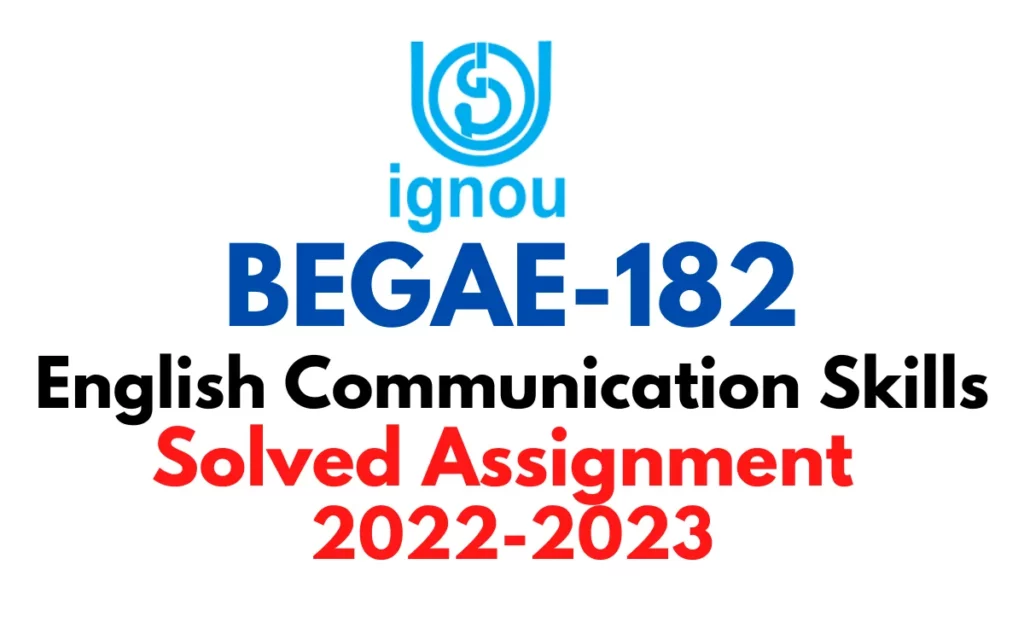

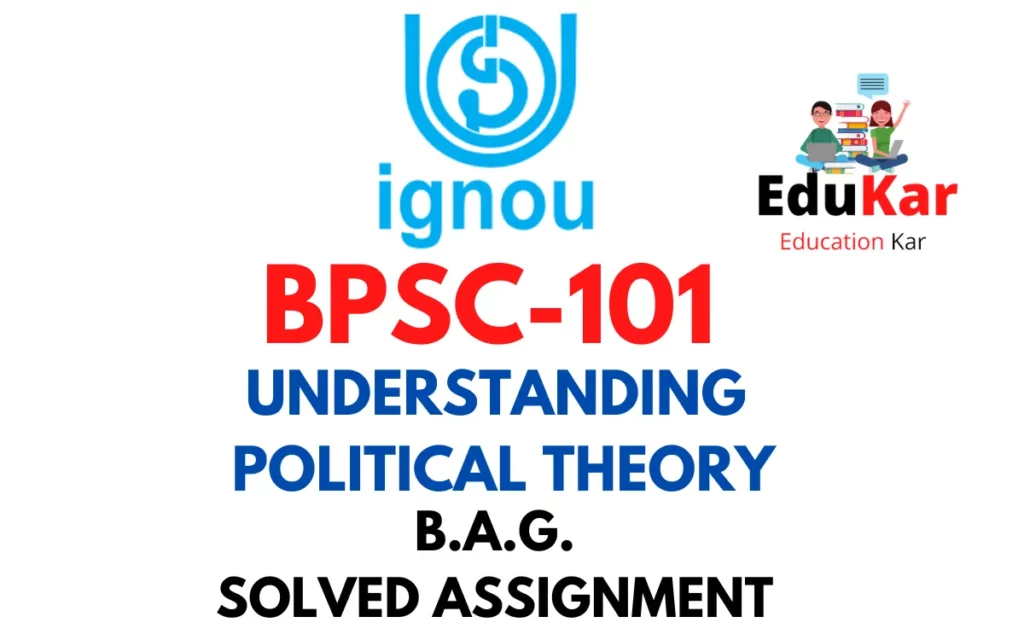





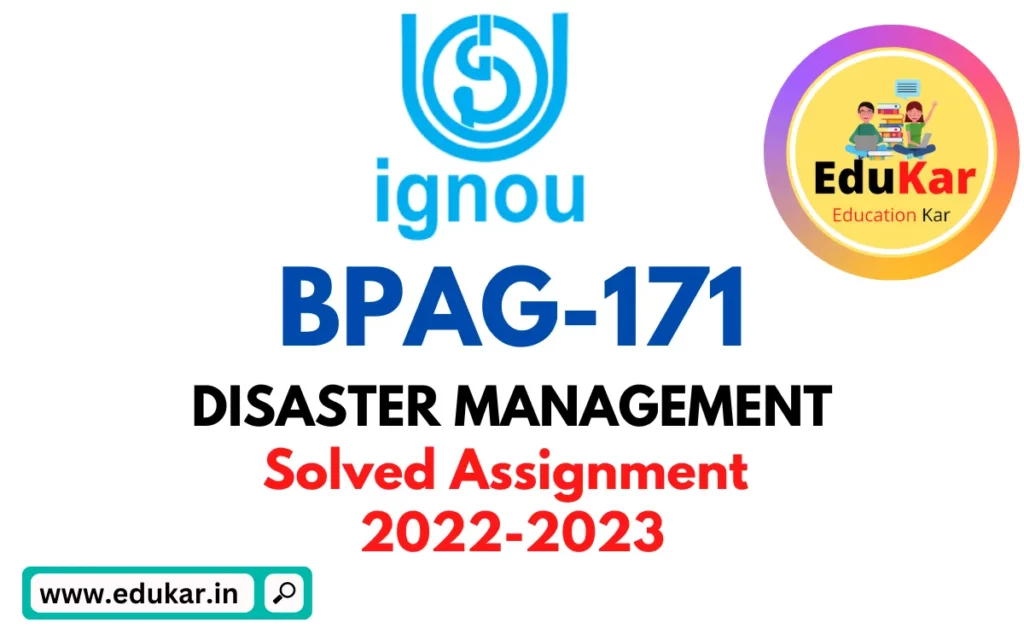


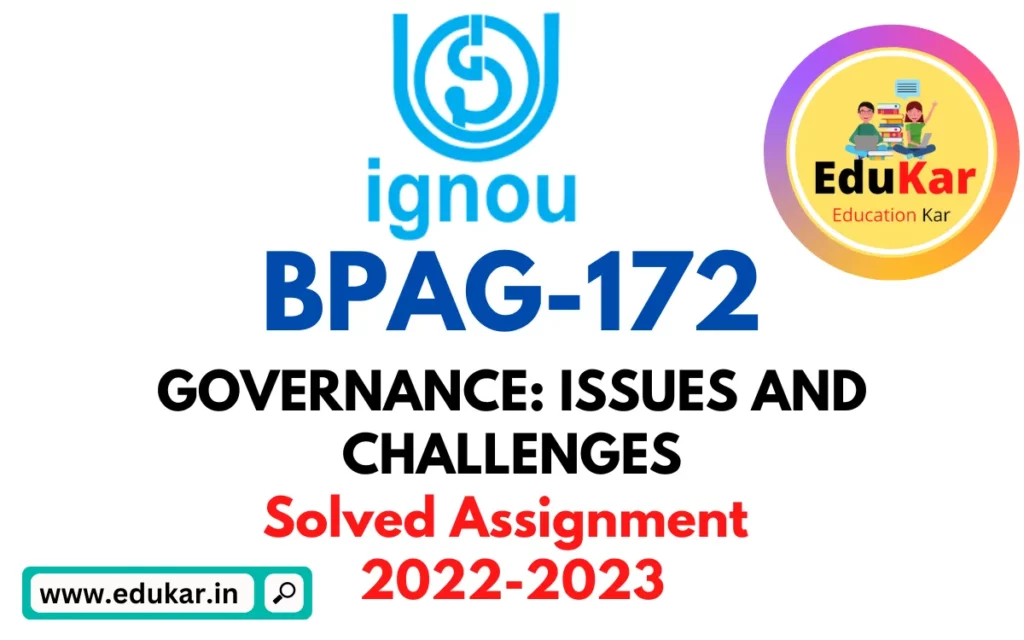
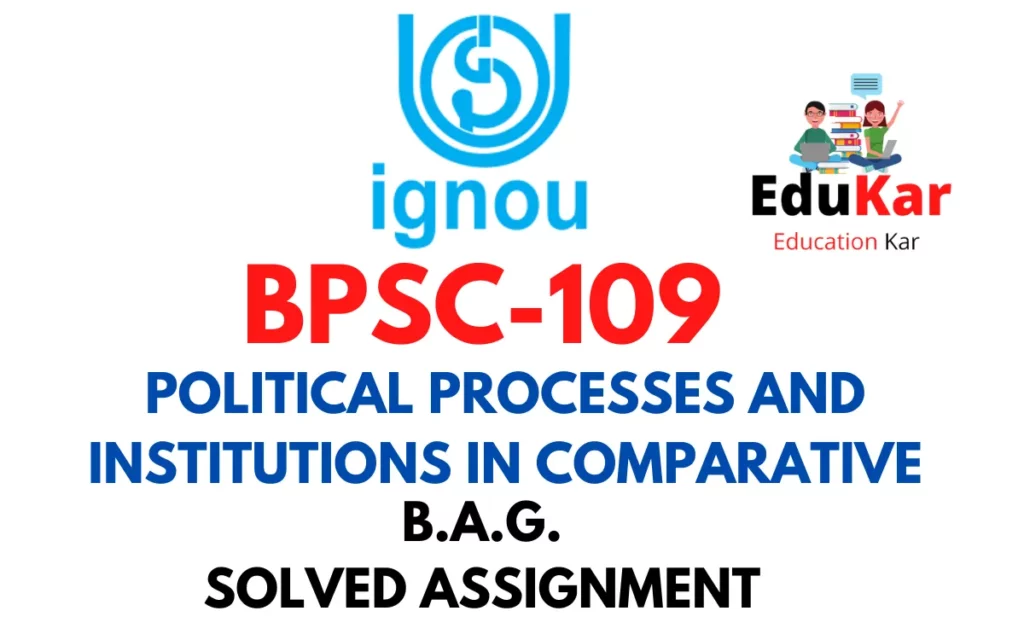
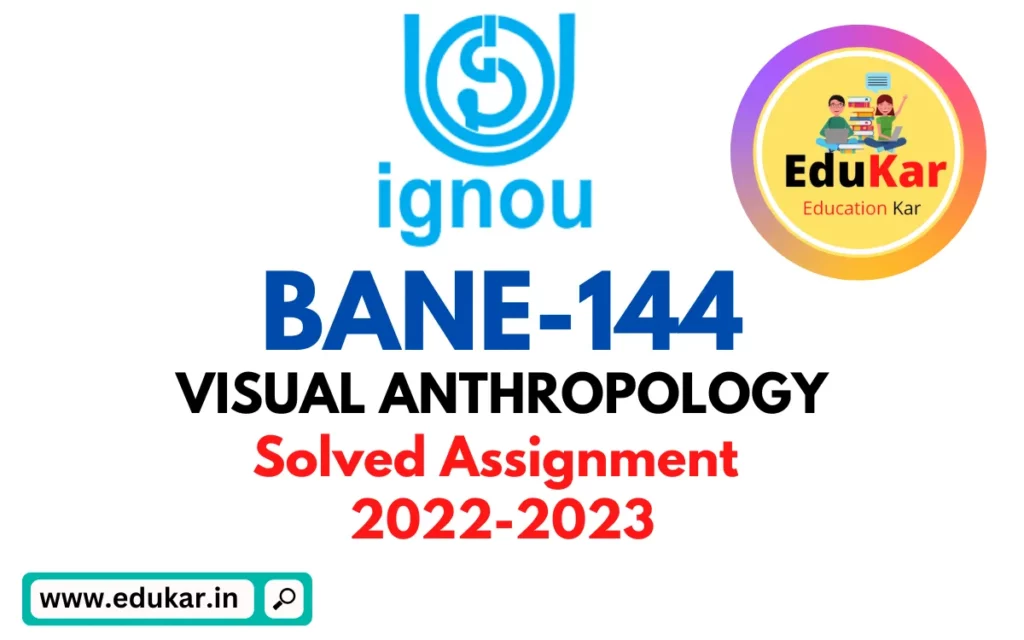
![[Solved Assignment] BPCS 188-APPLICATIONS OF SOCIAL PSYCHOLOGY (IGNOU-BAG) 2022-2023 BPCS 188-APPLICATIONS OF SOCIAL PSYCHOLOGY IGNOU BAG Solved Assignment 2022-2023](https://edukar.in/wp-content/uploads/2023/01/BPCS-188-APPLICATIONS-OF-SOCIAL-PSYCHOLOGY-IGNOU-BAG-Solved-Assignment-2022-2023-1024x640.webp)
